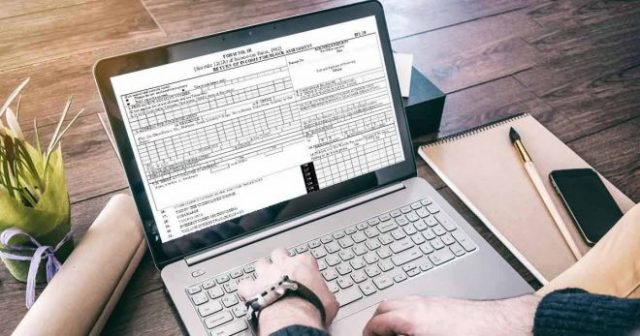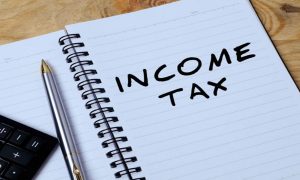With the new financial year (FY) 2024-25 starting from April 1, a crucial decision awaits salaried taxpayers: opting for the old or new tax regime.
Although the government has designated the new regime as the default option, taxpayers need to grasp the fundamental variances, advantages, and disadvantages between the old and new regimes.
Such understanding is crucial for taxpayers to make well-informed decisions regarding their tax affairs.
Old vs new income tax regime
The old regime allows for various deductions and exemptions under sections like 80C (investments, expenses), 80D (medical expenses), HRA (House Rent Allowance), and LTA (Leave Travel Allowance).
However, it comes with a more complex structure with higher tax slabs in some brackets.

The new regime, introduced in 2020, boasts lower tax rates but eliminates most deductions and exemptions. It offers a simpler filing process but might not be advantageous for everyone.
The new tax regime offers advantages for individuals earning up to Rs 7.5 lakh, as they are exempt from paying taxes. Moreover, those with incomes up to Rs 10 lakh and no investments can benefit from lower tax slabs under this regime.
Read More: How To File ITR For AY 2024-25: Step By Step Guide For Income Tax Return

However, individuals earning more than Rs 10 lakh might miss out on potential tax deductions if they choose the new income tax regime. Opting for the old regime allows them to substantially reduce their tax burden by investing in tax-saving instruments covered under Section 80C, 80D, and other applicable sections.
So, which regime should you choose?
There is no specific answer for this and the answer depends on your financial situation and goals.
However, here are some factors that can be considered:
Total Income: Individuals with lower incomes (up to Rs 7.5 lakh) generally benefit from the new regime due to the rebate under section 87A in the old regime and the standard deduction of Rs 50,000.
Deductions and exemptions: If you extensively utilise deductions like 80C, 80D, HRA, and LTA, the old regime might be more suitable. Estimate the total deductions you claim and compare them with the tax benefit offered by the lower rates in the new regime.
Investment portfolio:The new regime restricts deductions for popular tax-saving instruments like PPF, NPS contributions beyond the employer’s share, and ELSS mutual funds. If these form a significant part of your investment strategy, the old regime might be preferable.
Medical expenses: If you incur significant medical expenses for yourself or dependents, the deduction under section 80D becomes crucial. The new regime allows only limited deductions in this regard.





































